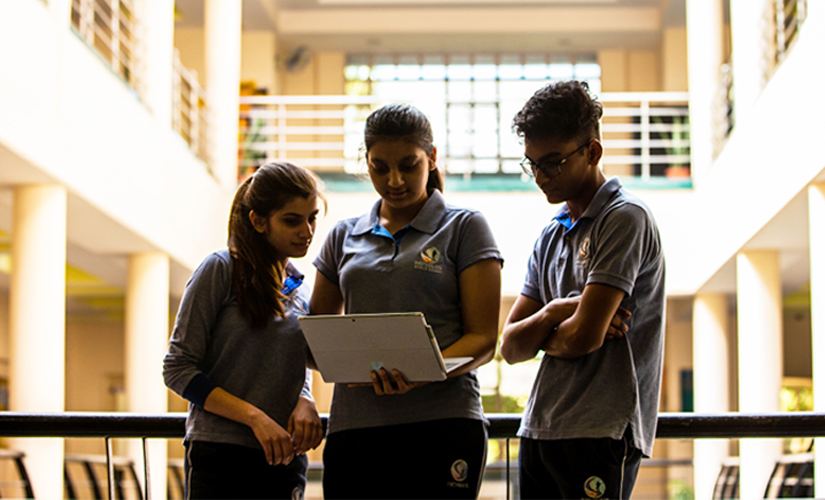By Anant Maheshwari, President, Microsoft India. This article was originally posted on LinkedIn.
 A large majority of those who work have CXO aspirations. In just two years, each of us will require different skill sets to be in the running to be a CXO… And more so if you already are in the C-suite.
A large majority of those who work have CXO aspirations. In just two years, each of us will require different skill sets to be in the running to be a CXO… And more so if you already are in the C-suite.
I meet CXOs across geographies and industry verticals each week. The consistent topic that stands out in all conversations is their aspiration to acquire more digital skills. The conversation then is about how this movement can be amplified 360° in their organizations, and how they can lead this within their own leadership teams. Increasing tech intensity among leaders and the workforce is now imperative.
Technological disruption, demographic changes and the evolving nature of work are making new demands of the workforce. The ask is clear. We must narrow the skills gap now. Skill development is supercritical for India’s growth curve to scale sustainably and inclusively.
Reshape education for the future
We must start early. Students in early-year classrooms now are different from the preceding generation. Their world is a finely integrated blend of digital and physical. They don’t learn how to use technology. Rather they use technology to learn.
Recently at the Microsoft Education Days event, I met Namya Joshi, a Grade 7 student from Ludhiana, Punjab. She loves to play Minecraft. And she has been training facilitators in her school as well as across the world. Winner of multiple accolades, Namya presented her work at Finland in November’19. Kudos to the 13-year old working towards United Nations’ Sustainable Development Goal 4 with the power of technology!
A thoughtfully designed STEM curriculum can help build both subject-specific knowledge and critical skills for the future, including critical thinking, problem-solving and creativity. We must examine school curriculum from the vantage point of a skill-based economy. Schools will have to create flexible learning environments for students with an integrated pedagogical approach that leverages the power of technology.
Retrain talent for tomorrow
Digital literacy today is a gateway to employability. But that’s clearly not enough. Our current workplace demands digital-fluency, and in some cases, even digital-mastery. The rapid pace of transformation around us calls for relatively brief knowledge refresh cycles for all learning initiatives.
Continuous learning at the workplace can deliver the competitive edge organizations require for tomorrow. Learn, unlearn, relearn, and repeat. A recent Microsoft-IDC study titled “Future-Ready Business: Assessing India’s Growth Potential through AI” found that time and lack of understanding of where to start from are among the key challenges in reskilling.
As leaders, we’ve to prepare a workforce that is trained to use technology productively. In realizing the potential of tech intensity, we now have both the need and the responsibility to accelerate reskilling. The government’s investments to upskill around 4 lakh professionals and the collaboration with NASSCOM Future Skills is a great step towards a future of digital leadership. We must foster an environment that encourages tech intensity and ensure that technology is trusted.
Reimagine your own transformation
The onus to be a learn-it-all rests with each of us. Each of us has to determine the skills that are likely to be required, find training opportunities for growth and continuously evaluate our own digital development.
In 2017, I moved from a habit and skill of four decades to part ways with my ink pen and notes diary in favor of OneNote. I now have a much better impact and collaboration of meeting notes with everyone who works with me. In 2018, I evolved from two decades of email-based-workflow to merge multiple digital signals into one place by moving to Teams, significantly reducing emails (sending and receiving) and sharing documents, increasing active collaboration in meetings, and using a lot more video presence to reduce travel. In 2019, I got back to the joy of formal learning with online training, videos and tests to increase my tech intensity. In 2020, my aspiration is to use the power of AI and analytics to manage my time much better so that I can do a lot more with family, colleagues, customers, partners and continue my learning journey.
As you reflect on starting the new decade, think about how ready you are with tech skills to be a leading-edge CXO.




